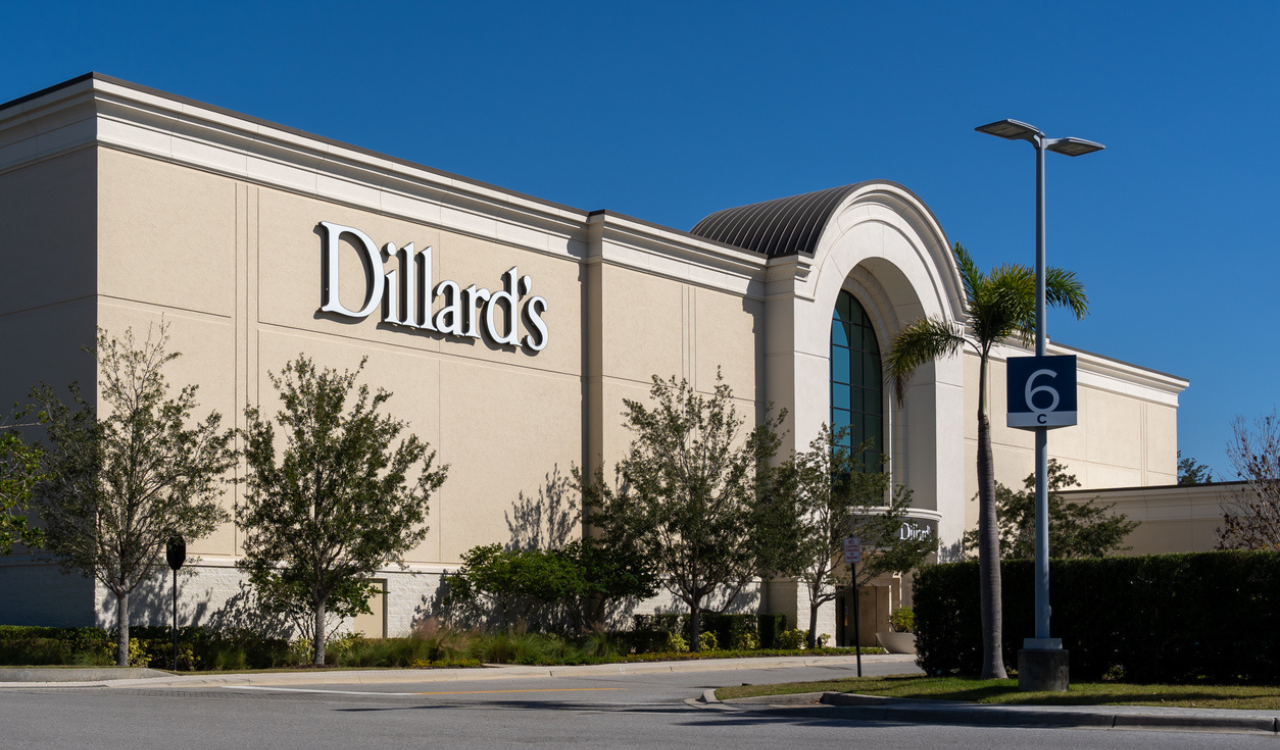Consumer expectations are putting many online brands out of business. Returns are a growing problem in the retail industry. In the age of omnichannel, free returns are becoming the gold standard, but this isn\’t just an e-commerce issue. NRF found that products purchased at brick-and-mortar stores are returned 10 percent of the time, and 30 percent of online purchases are returned. That number is even higher for shoes and apparel (35 percent), which are the most highly returned items in the retail industry. It may be time for an expectations reboot. Online and physical retail is being held to a standard that is impossible unless they have a portfolio of other businesses–like Amazon does–to make up the shortfalls.
And numbers aren\’t in retailers\’ favor when it comes to returns management–returns cost retailers $396 billion last year alone, and fewer than half of returned items can be resold at full price. Return rates continue to rise (despite retailers\’ best efforts). And how a retailer processes returns can make or break their business.
The Cost of Reverse Logistics
Let\’s define the term \”reverse logistics\” for the uninitiated. Reverse logistics refers to the process of removing goods from their landing place to be recycled, disposed of or reintegrated into the supply chain. Reverse logistics in retail usually entails trying to maximize margins on a returned product, or trying to minimize the negative environmental impact of a product that can\’t be resold (unless you\’re Burberry, Louis Vuitton or Cartier, in which case you\’d just light the whole pile on fire and pray nobody notices. But I digress.) A whopping 44 percent of retailers say that their margins are strongly affected by returns, and fashion and accessory retailers with an online presence particularly suffer due to the insane amount of returns in these verticals.
Still, a lot of retailers aren\’t even aware of how much reverse logistics cost their business. CNBC reports that only 30 percent of the country\’s largest retailers quantify the cost of returns, and just a measly 23 percent of retailers use some type of technology for returns management. Shipping inventory can easily fall through the cracks when retailers don\’t have a strong system in place for returns management. Shrinkage occurs, and even with the right technology at their disposal, retailers still struggle to recoup their investments on returned inventory.
The Added Challenge of Prepping Returned Products for Resale
The most effective way to recoup margins on returned inventory is to resell for full price whenever possible. Since 75 percent of returns are shipped back to the retailer, and many retailers offer free returns as part of their value proposition, retailers lose money on shipping (twice) for every returned item that they aren\’t able to resell. But there\’s a lot more to reselling returned inventory than meets the eye. Newmine, a returns reduction platform, describes the unexpected costs of reselling inventory: \”Items that need refurbishing or remanufacturing consume materials and, notably, time – which could make the product obsolete before it\’s ready for sale again. Most products need to undergo inspection, repair, replacement of defective parts and repackaging.\”
Retailers that recirculate products through a warehouse for inspection and repacking risk the returned product going out of style, expiring, or the season changing before that product can be resold at one of their stores. This is what makes returns so tricky and it\’s why it is so unlikely that many of the returns that can be resold will be sold at full price.
Retailers Attempt to Take Action
Serial returners are customers who buy more than they need with the intention of returning the goods… and they\’re a growing problem in the retail industry. Amazon bans serial returners for life, and a survey conducted last year found that almost two-thirds of retailers plan to follow suit. Just a little over half (58 percent) of customers agree that banning serial returners is a fair policy. Critics of the bans say that the algorithms that home in on serial returners often misidentify them. Customers who buy a lot and only return a small percentage of what they buy, for instance, might still get flagged because of the dollar amount they return. Because of this, retailers that want to implement bans need to make sure that their algorithm isn\’t giving them false information and customers should only be banned as the very last resort.
Nearly half (44 percent) of retailers say that they don\’t have the technology to identify serial returners. This means nearly half of retailers can\’t afford to start banning customers since they don\’t have the necessary data to back up their decisions if they\’re reported to the Better Business Bureau or a reviews website such as Yelp. Banning shoppers is risky business. It can cause a negative ripple effect in brand perception that may end up costing more than the money they save on returns; but, at the same time, serial returners can destroy a business if they are given free shipping and a catalog of products to choose from. Something has to be done!
The Alternative to Operating with a Damage Control Mentality
But it\’s not all doom, gloom, and serial returners. Although serial returners can cause a lot of damage to a retailer\’s bottom line, there are also times when good customers need to return a product for a legitimate reason. This is where the opportunity for returns reduction comes in–beyond the idea of simply banning suspect customers for life. Most returns are due to fixable issues, such as: wrong item shipped, damaged product or inaccurate product descriptions. Identifying the root cause of returns and fixing the problem at the source can help retailers nip this problem in the bud.
A whopping 65 percent of all product returns are under retailers\’ control. As always, in the retail industry, knowledge is power. Addressing the core issues behind returned orders can help retailers restore margins, drive repeat traffic, and to differentiate between serial return cons and the real thing.





